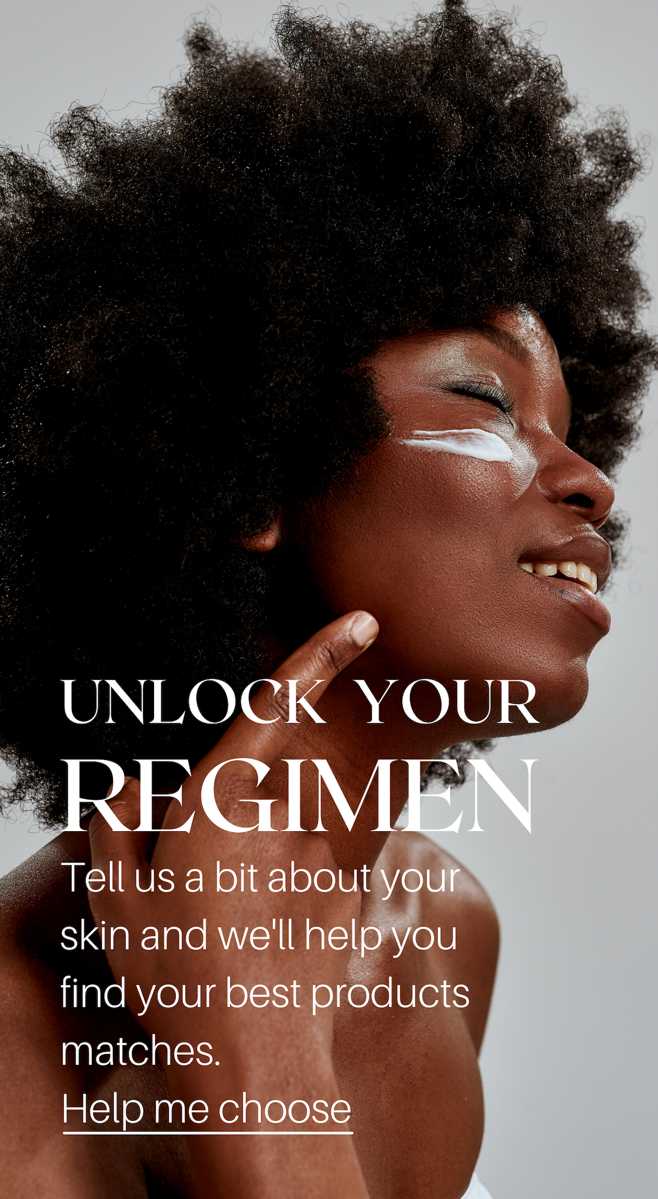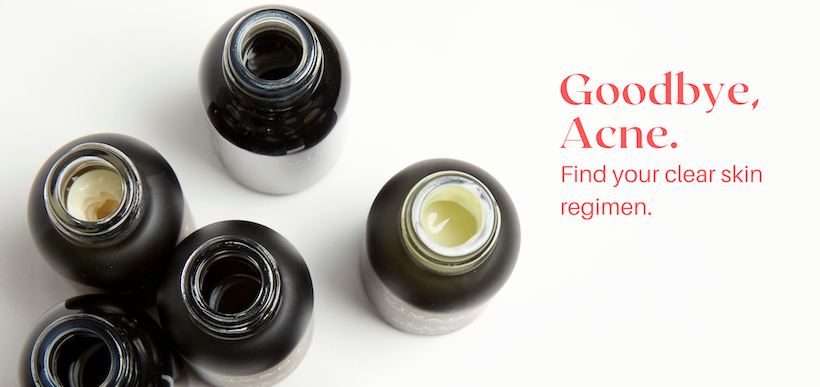5 Things to Consider Before Getting Injectables

According to the Aesthetic Neural Network, Americans spent more than $3 billion on nonsurgical aesthetic procedures in 2020. Of those, the top two procedures were neurotoxins and dermal fillers. If you’ve been thinking about going under the needle, here are a few things to consider first.
Table of content
1. Choose your injector carefully.
Dermal fillers are placed below the skin, and neurotoxins are injected into the facial muscles, meaning there is an increased risk of side effects or poor aesthetic results, including things like post-inflammatory hyperpigmentation.
While some regulations vary, all states require providers to be licensed medical professionals in one of these categories:
- Licensed physicians and surgeons
- Dentists
- Nurse practitioners
- Physician assistants
- Registered nurses and certain other types of nurses
If you get an invitation to a friend’s backyard Botox party, best to decline.
2. How long will the results last?
Neurotoxins like Botox®, Dysport®, and Xeomin® block nerve signals to “freeze” muscle movement, temporarily relaxing wrinkles, especially dynamic wrinkles associated with repetitive movements. The effects last around four to six months.
Fillers are used to combat lines, depressions, wrinkles, or loss of volume associated with aging skin. They are also popular for augmenting and contouring. The most popular type of filler, hyaluronic acid, lasts anywhere from six to 18 months.
You can extend the life of your injectable treatments with a consistent, targeted skincare routine. Antioxidants will help protect against collagen degradation. Vitamin A and peptides promote collagen and elastin production and support a healthy, firm extra-cellular skin matrix.
3. Volume is one thing. Texture is another.
Facial fillers can add volume, and neurotoxins can smooth lines, but they can’t change the texture of your skin. Acne scars, rough or crepey texture, etched-in lines, discoloration, and visible pores require topical treatments.
A consistent regimen with targeted skincare actives—vitamin A, peptides, antioxidants, AHAs—will bring changes to texture and tone that you can’t achieve with injectables.
4. Early may not be better.
As we age, the subcutaneous fat pads in the face shift and decrease. At the same time, collagen production is declining. This is when we start to see hollow spaces and sagging skin. Fillers were designed to restore volume in these areas. Using them too early, when skin structure is still firm, can stretch the skin, increasing laxity in later years.
Many people think starting Botox in their twenties will prevent aging. If you are prone to squinting or brow furrowing that leads to the elevens (the vertical lines between the eyes), you may benefit from relaxing those muscles. Otherwise, starting too early could have a net negative effect.
Neurotoxins create a constant immobilization of muscles. The resulting muscle atrophy or loss of muscle mass can cause indentations in the skin. Additionally, the repeated injections cause trauma to the skin that can lead to scarring.
5. What’s your budget?
Injectables cost anywhere from $400 to $1000 per syringe. One to two syringes per treatment. Three to four treatments per year. That can add up, and health insurance doesn’t cover most injectable procedures because they’re considered cosmetic.
What are the alternatives to injectables?
There are plenty of options from topicals to professional resurfacing treatments that can give skin a brighter, smoother, clearer, and tighter appearance.
- Topical vitamin A is the first step in slowing the clock, and you should definitely start early. Using vitamin A in your twenties while collagen and elastin are at their peak will help maintain collagen density, keep elastin fibers healthy, and slow the degradation of both
- Topical peptides are cell-signaling agents that tell the body to produce more of the skin’s structural pillars: collagen and elastin. They also decrease inflammation to reduce cellular damage.
- Professional chemical peels can significantly improve skin texture, clarity, and brightness. Click here to find a Vivant professional in your area.
- Microneedling, aka collagen induction therapy, especially when combined with a targeted serum, can stimulate collagen production and improve skin texture. Read this guide on how to combine Vivant serums with microneedling.
- Radiofrequency (or high frequency) therapy is another option gaining popularity for noninvasive skin tightening.
If you are already using injectables or are ready to book your first appointment, remember that topicals like vitamin A and peptides will make the effect of your treatments last longer. Read our guide to extending the life of your injectables.


Comments